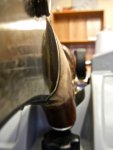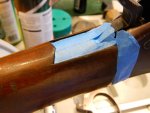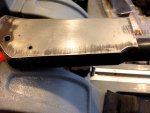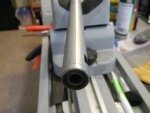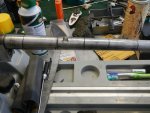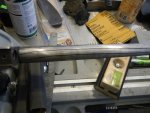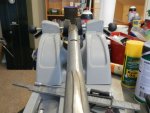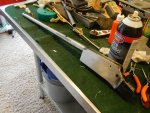hayseed_theology
Senior Member
When I refinish the furniture on this gun, I will try to improve the wood-to-metal fit and finish. As it stands, it is pretty poor. I wanted to take some "before" pics that really showed how far off some of the wood is. The fit of the recoil pad is pretty bad too. It seems to me that the white spacers always shrink up on these old guns. Is that the case? If so, what causes them to shrink?
A new Pachmayr grind-to-fit 500B recoil pad and Pachmayr 1/16" white spacer came in the mail today from Midway along with a few other tools for an upcoming Remington 700 project.
A new Pachmayr grind-to-fit 500B recoil pad and Pachmayr 1/16" white spacer came in the mail today from Midway along with a few other tools for an upcoming Remington 700 project.








